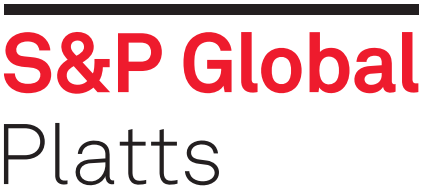
The European Steel Association, or Eurofer, welcomed the EU’s recovery plan proposal to help rebuild a climate-neutral, digitalized and resilient EU economy after the coronavirus pandemic, but has also called for the immediate implementation of emergency measures to pull the steel industry “back from the brink.”
Eurofer director general Axel Eggert said May 26 that the association welcomes the EU’s plan to mitigate the pandemic’s impact on society, economy and business and its focus on green transition and digital transformation, but added that the steel industry needed help now to stabilize its downstream value chains.
He pointed out that the positive effects of the recovery plan would only materialize in the medium term, which could take one to five years.
“The economic challenge is very real today, with severe and immediate downturns in the main steel value chains, such as the automotive, construction and mechanical engineering sectors. The idling of EU steelmaking facilities and the collapse of steel prices on the EU market under pressure from third-country stockpiles of steel stemming from overcapacity in other regions has put the EU steel industry in an unprecedented precarious position,” said Eggert.
“Only by ensuring European industry is secured today can it contribute to the green transformation tomorrow,” he added.
Eggert said a step EU policymakers could take was to ensure an ongoing review of the steel safeguards quota fully reflected how the pandemic has collapsed the European steel market to be able to then offer immediate support to the sector.
“The tariff free import quota needs to be reduced significantly. This would help in the immediate term, whilst also providing a means of supporting the industry as we move into the recovery phase,” he said.
The German steel federation WV Stahl also welcomed the recovery plan and made demands from the ongoing safeguard quota review.
“In light of the deep crisis that the economy and steel industry is facing, there needs to be a sound measure plan. The goal needs to be stabilizing demand on one hand and relieve industry on the other as well as making investment incentives,” said WV Stahl president Hans Kerkhoff.
He highlighted that the European steel industry would struggle under an influx of imports if the EU did not tighten import restrictions under the current safeguard quota review.
Green steel industry
Eggert said the steel industry had an important part to play in reducing emissions and it had proposed a “Green Deal on Steel” and matching support measures for the steel industry and its value chains, such as automotive, construction and mechanical engineering sectors.
This would help keep the EU on track to meet climate and circular economy aims while securing global competitiveness, said Eggert.
“The European steel industry could be the spearhead of a decarbonized EU industry, providing green and perfectly circular steel to the EU’s and global manufacturing value chains,” said Eggert.
“With the right approach – and provided we can recover from the current crisis – our industry may be empowered to reduce its direct and indirect CO2 emissions by up to 30% by 2030 on top of around 25% emission reductions already achieved between 1990 and 2018,” he said.
“We have the ambition, under the right conditions, to reduce emissions by at least 80% to 95% by 2050, strengthening existing production and value chains, building and supporting new industrial eco-systems based on hydrogen, carbon feedstock and circularity,” he added.
Eggert noted that the steel industry’s work toward a greener future would require big investments in new technologies from 2021 to 2030, and thereafter.
He pointed out that the steel sector would have higher capital and operational costs due to its use of green energy and matching input materials, which would need to be balanced by a combination of financing support schemes and regulatory pull-and-push measures.
WV Stahl’s Kerkhoff said the EU’s recovery plan would help to achieve CO2 emissions reduction in steelmaking, but only if there were not any more burdens upon the industry in climate and energy policy changes, such as further limiting emissions trading.
— Jacqueline Holman, Laura Varriale




